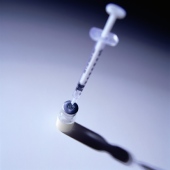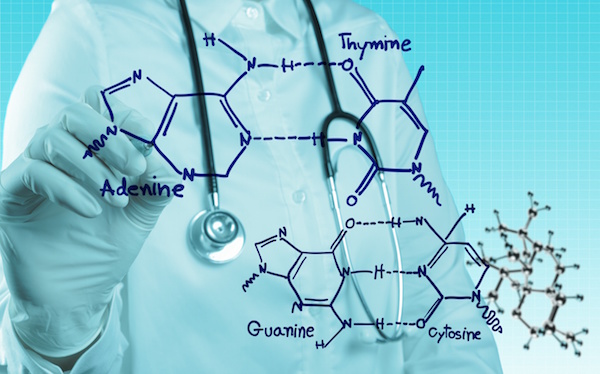
SUNDAY, July 18 (HealthDay News) — Almost half of HIV-negative people who participate in clinical trials for HIV vaccines end up testing positive on routine HIV tests — even though they’re not actually infected, a new study shows.
The reason: They underwent what experts call “vaccine-induced seropositivity/reactivity” (VISP), meaning that they possess immune system antibodies to the virus but not the virus itself. That’s an important distinction, since routine HIV screening looks for virus antibodies only.
Experts pointed out that the results are not new or surprising, but simply underline the delicacies of conducting trials into HIV/AIDS.
“You need to make sure to use other forms of testing for HIV, for example, viral load or p24 antigen, not just HIV antibodies. And people who’ve been in trials need to know their antibody status by the end of the trial,” said Dr. Michael Horberg, director of HIV/AIDS at Kaiser Permanente in Santa Clara, Calif. “If it is a false positive but they do not have HIV infection, that would be very important for them to know, especially if they do repeat testing as part of good preventive health.”
But a positive test can still carry stigma as well as insurance repercussions, noted Dr. Jerome F. Levine, an infectious diseases specialist with Hackensack University Medical Center in New Jersey, adding that “trials have had trouble recruiting people for this very reason.”
The findings are simultaneously being presented Sunday at the International AIDS Conference in Vienna and published in the July 21 issue of the Journal of the American Medical Association (JAMA).
In this study of almost 2,200 people — all participants in HIV vaccine trials — 41.7 percent underwent VISP and tested positive for HIV antibodies. And those rates differed depending on the type of vaccine administered, ranging from 6.3 percent to 86.7 percent.
A second study, also being presented at the conference and published in JAMA, found that a screening program used in emergency departments where patients can “opt out” did not turn up very many new cases of HIV. These types of screening programs routinely test people entering the emergency room, regardless of their suspected level of risk or the presence or absence of symptoms.
The study compared the effectiveness of the test in turning up new cases of HIV infection versus tests ordered directly by a doctor.
The “opt-out” program started being recommended by the U.S. Centers for Disease Control and Prevention in 2006, but only in locales where the rate of undiagnosed cases of HIV infection rose above 0.1 percent.
Most health care facilities in the United States still don’t use the opt-out method, said Levine.
This study took place in a Denver emergency department that annually sees about 55,000 patients. The hospital alternated from physician-directed testing to opt-out testing every four months over the course of two years.
First of all, the study found that only 25 percent of patients in the opt-out group actually agreed to a test.
Furthermore, close to 7,000 people were screened but only 0.15 percent turned out to be HIV-positive. Only 1 percent of the more than 21,000 patients who opted out were screened later and only 2.2 percent of those were found to be HIV-positive.
The small number of people who underwent HIV testing — only one-quarter — is a big limitation to the study, said Horberg, but that doesn’t mean that such programs don’t have value.
“Just because someone has a negative test, that doesn’t mean that that testing wasn’t successful,” he said. “It may have raised the awareness of the patient. It may be prompting them to change their behavior and to really do an analysis of what good preventive health they need to follow.”
A third paper in the journal recommended that all cancer patients be screened for HIV. This might sway cancer treatment decisions, for instance, helping doctors and patients avoid drugs that suppress the immune system, the authors noted.
More information
There’s more on HIV/AIDS at the U.S. Centers for Disease Control and Prevention.

